According to recent leaks, Apple is planning to use titanium as the material for its future flagship iPhone. In his case, aluminum has been common for many years, when it is supplemented by aircraft steel. Now it's probably time for the next step. How is the competition?
Aluminum is nice, but not very durable. Aircraft steel is more expensive, more durable and heavier. Titanium is then extremely expensive (by the standards of putting it on phones), on the other hand, it is light. This means that even if the iPhone gets bigger or has more complex internal components, using this material will reduce or at least keep the weight down a bit.
Premium materials
Apple likes to use premium materials. But since he implemented wireless charging, the back of iPhones is glass. Glass is clearly heavier, but also more fragile. So what is the most common service on iPhones? It's just the back and the display, even though Apple refers to it as Ceramic Shield, it doesn't hold up to everything. Therefore, the use of titanium here appears to be unjustified. What will it contribute if instead of a frame we need to have more durable front and back panels?
But there is not much to replace the presence of glass. Wireless charging simply won't go through anything metal, Apple abandoned plastic after the iPhone 3GS (although it still used it with the iPhone 5C). But plastic would solve a lot in this regard - the weight of the device, as well as durability. The added value could be that it would be recycled plastic, so it wouldn't have to be something secondary, but something that saves the planet. After all, this is exactly what Samsung does, for example, which uses plastic components from recycled sea nets in its top line.
Even Samsung uses steel or aluminum frames of its top line, in combination with glass. But then there is the Galaxy S21 FE, which, in order to reduce acquisition costs, has a plastic back. You will know it at the first touch, but also if you are holding the phone. Even with a larger diagonal, it is considerably lighter, and even so it has wireless charging. Even in the lower Galaxy A series, Samsung also uses plastic frames, but their finish resembles aluminum and you practically can't tell the difference. If the manufacturer focused on ecology here too, it would certainly be interesting for marketing purposes (Galaxy A series phones do not have wireless charging).
It could be interest you
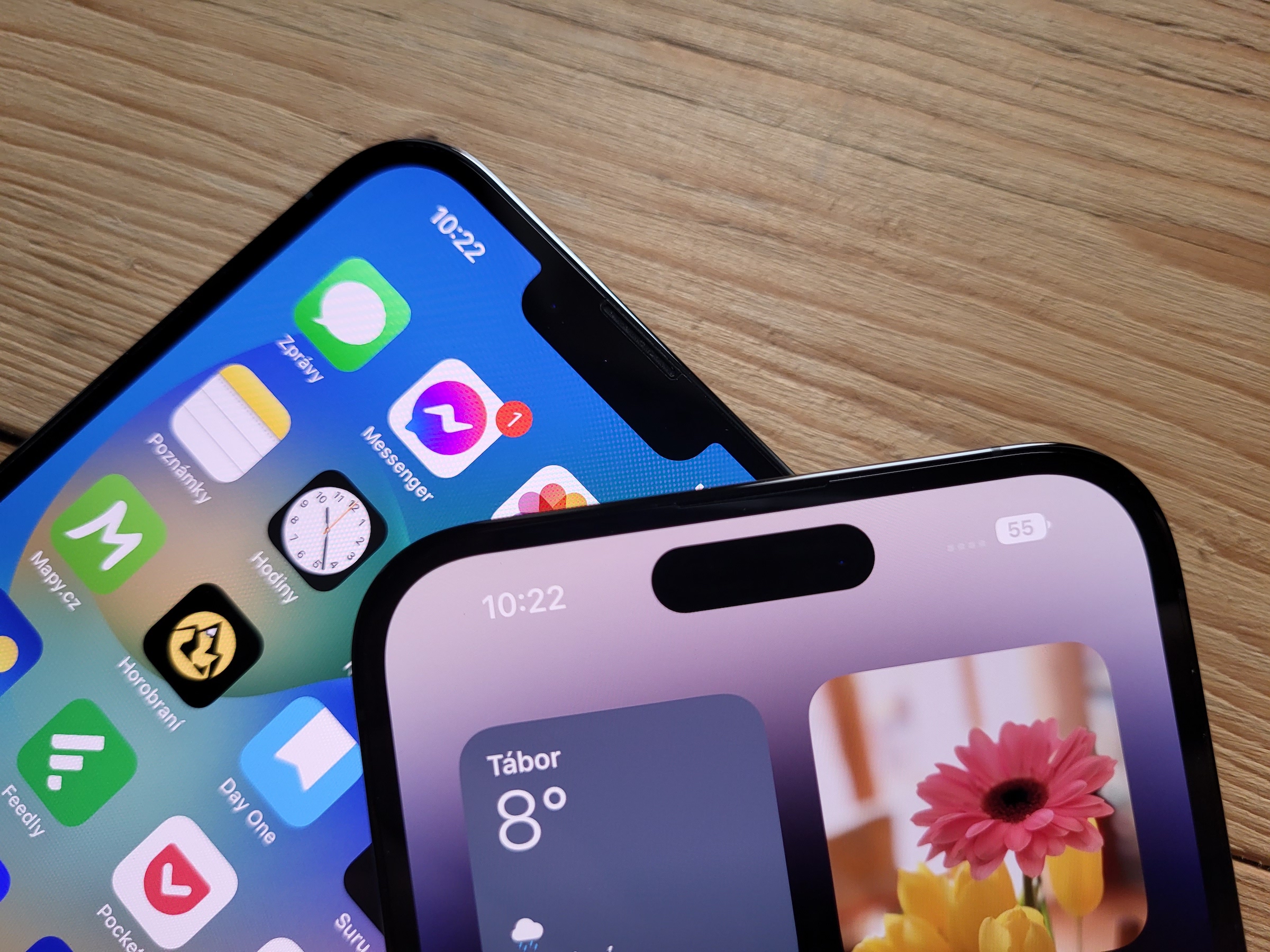
Is skin the solution?
If we leave aside fads, when, for example, the company Caviar decorates phones with gold and diamonds, the combination of steel and aluminum is simply the most used for the most expensive phones. Then there are just "plastic guys", no matter how durable. However, an interesting alternative is different variants of leather, or artificial leather. The real one was used more in the luxury phones of the manufacturer Vertu, the "fake" then experienced its biggest boom around 2015 (Samsung Galaxy Note 3 Neo, LG G4), when manufacturers tried to differentiate themselves as much as possible. But we will also meet it in today's models, and even in lesser-known models, such as the manufacturer Doogee.
But Apple will never do that. He does not use real leather, because he sells his own covers from it, which would therefore not be sold. Artificial leather or eco-leather may not achieve the appropriate quality in the long run, and it is true that it is simply something less - a substitute, and Apple certainly does not want anyone to think something like that about its iPhone.
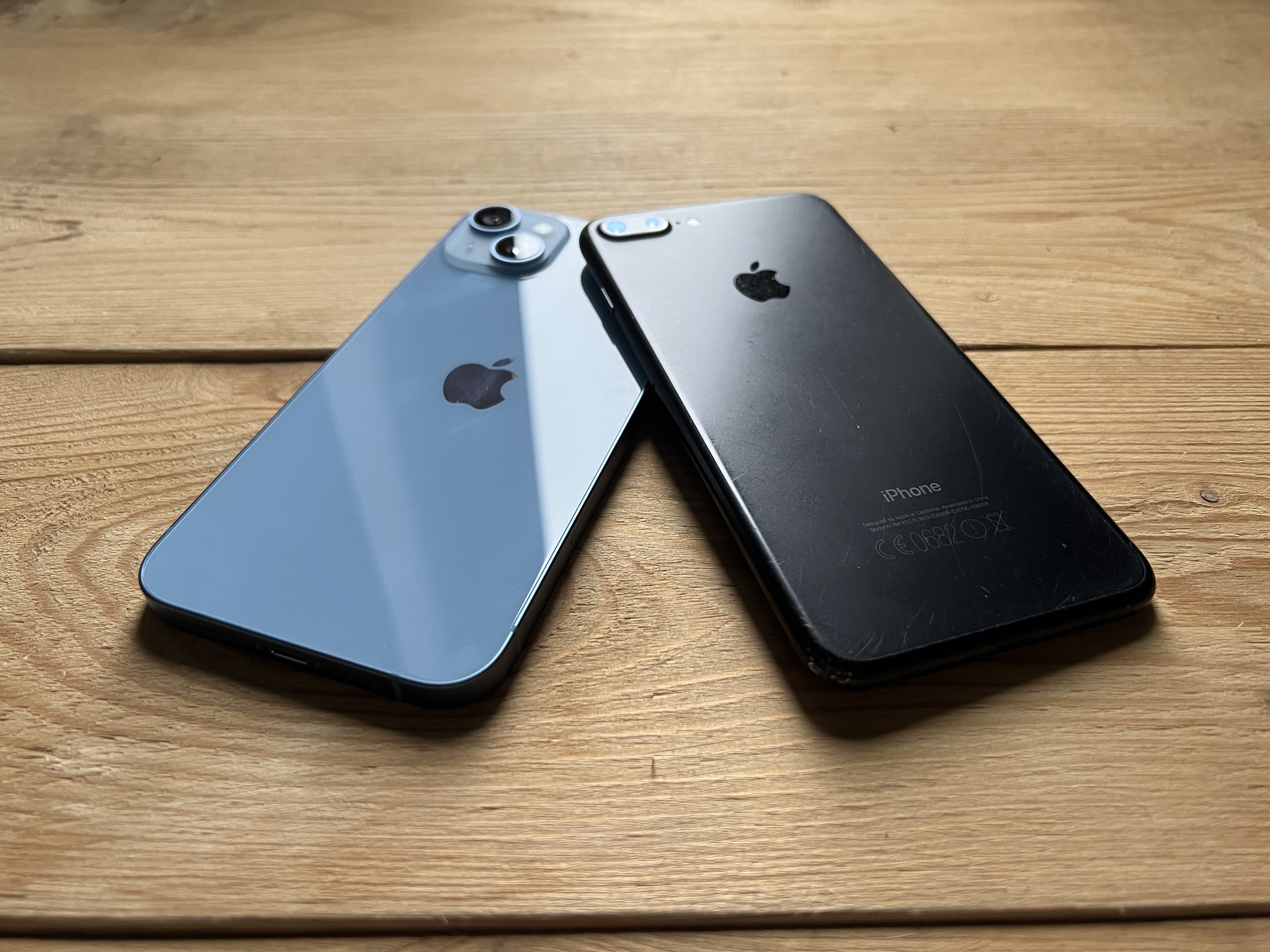

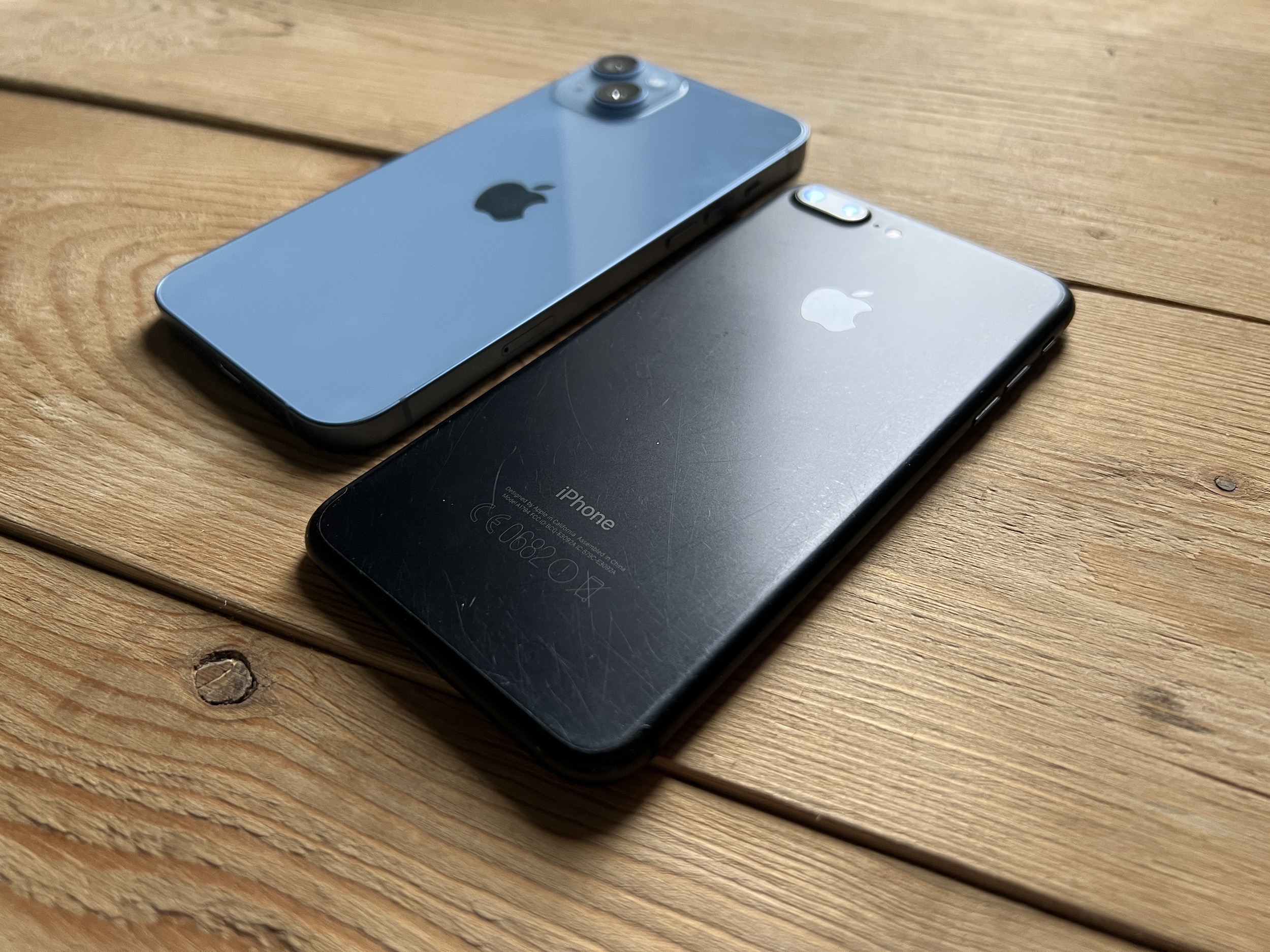
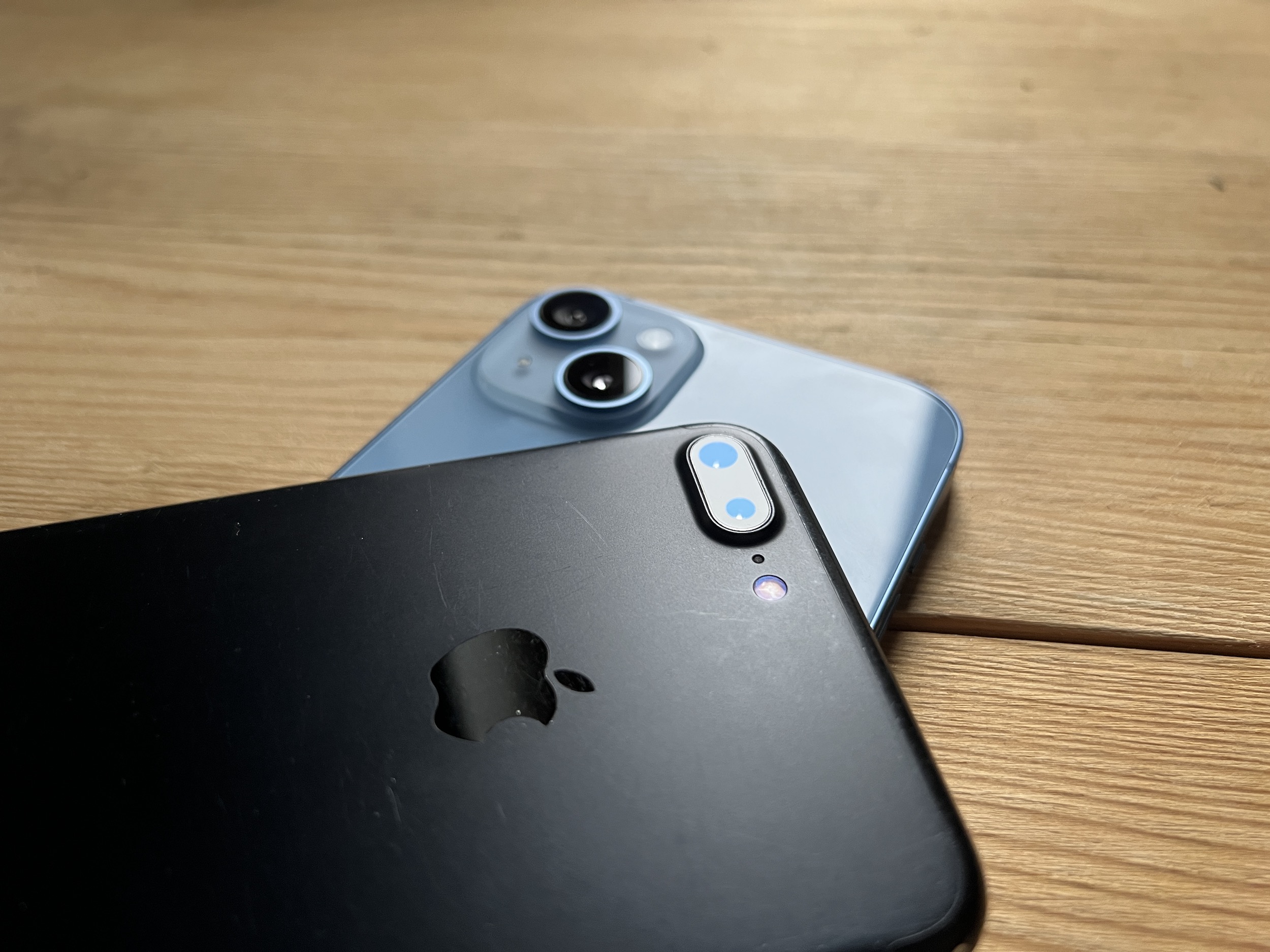
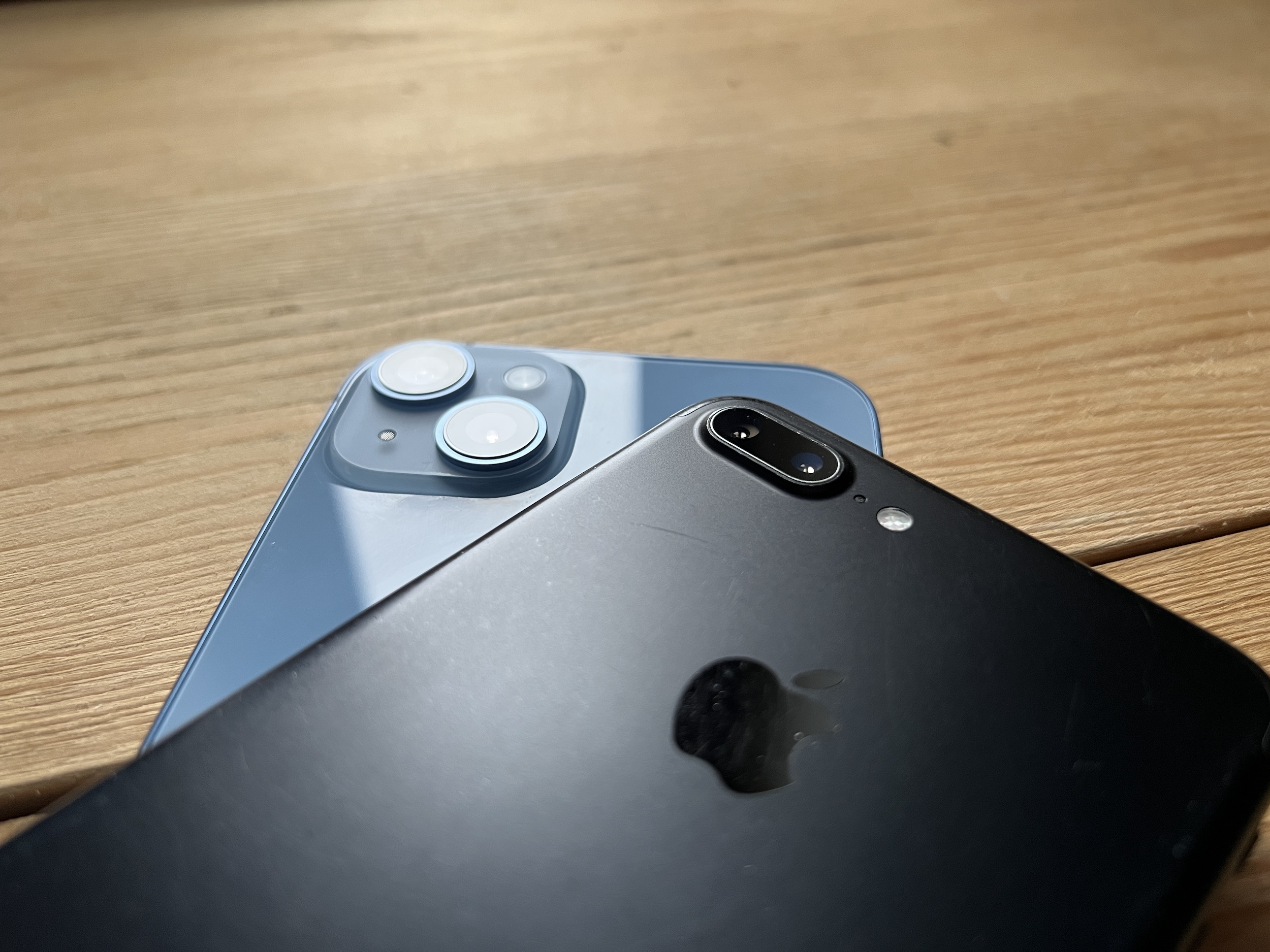
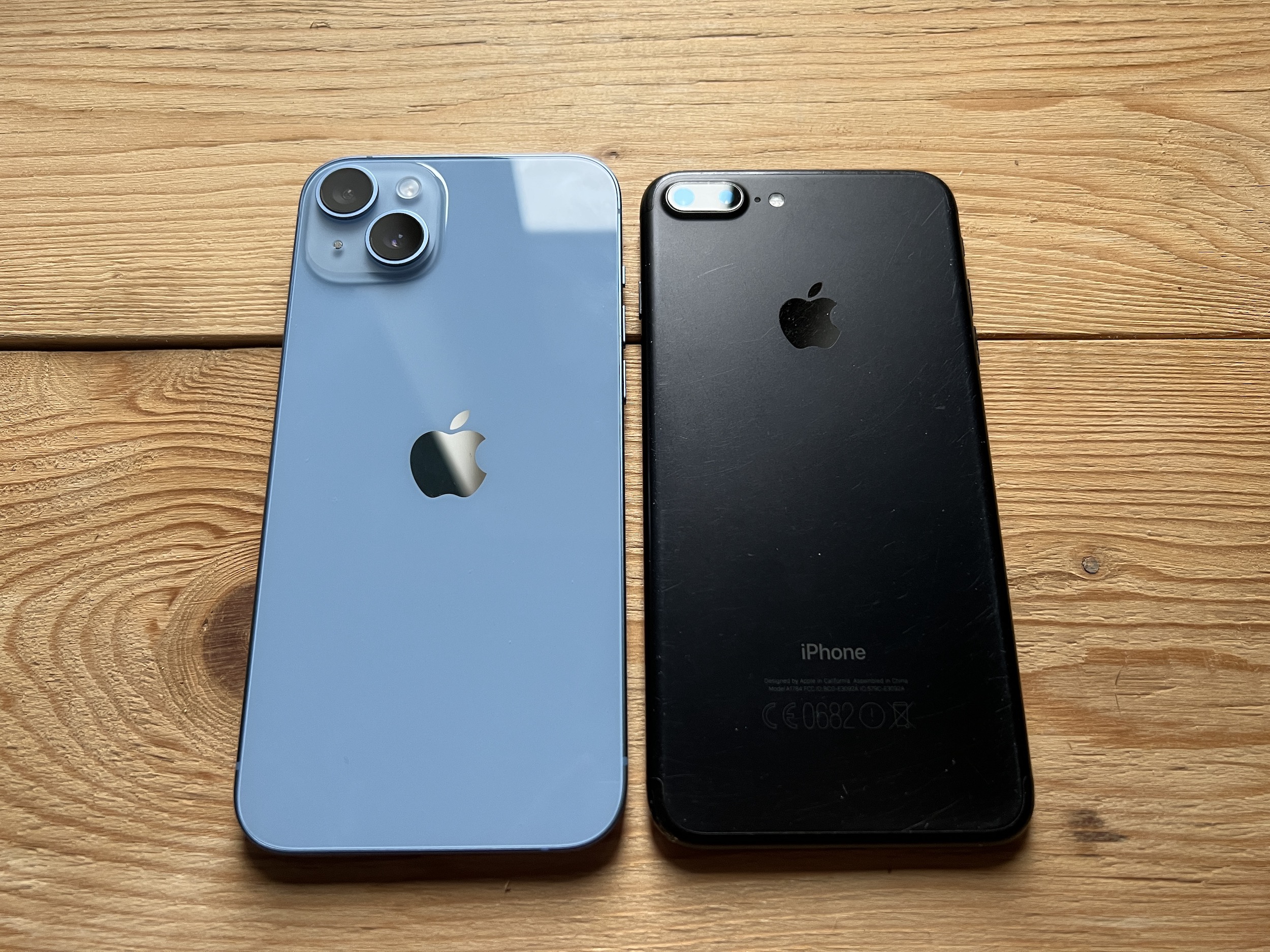
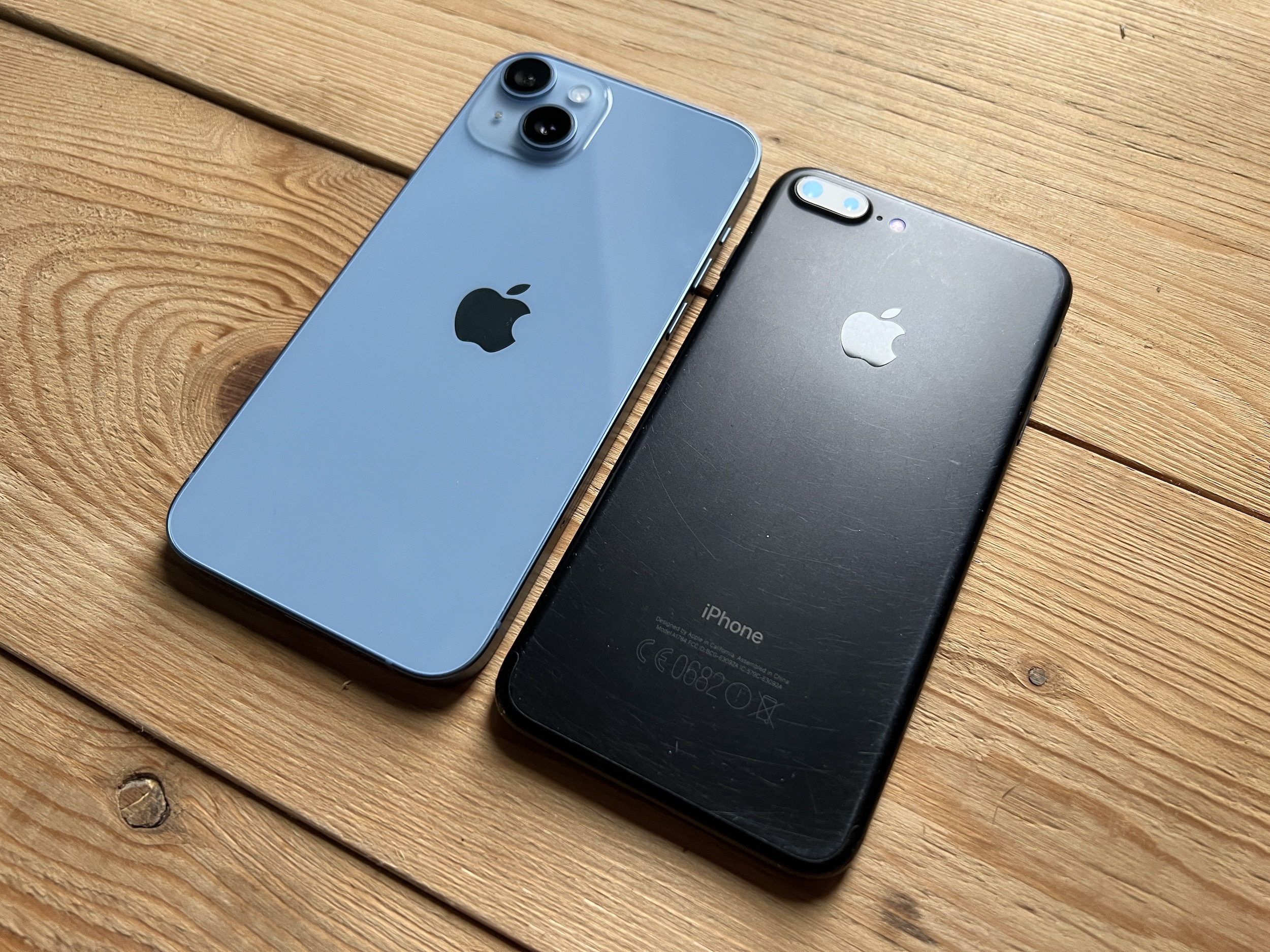
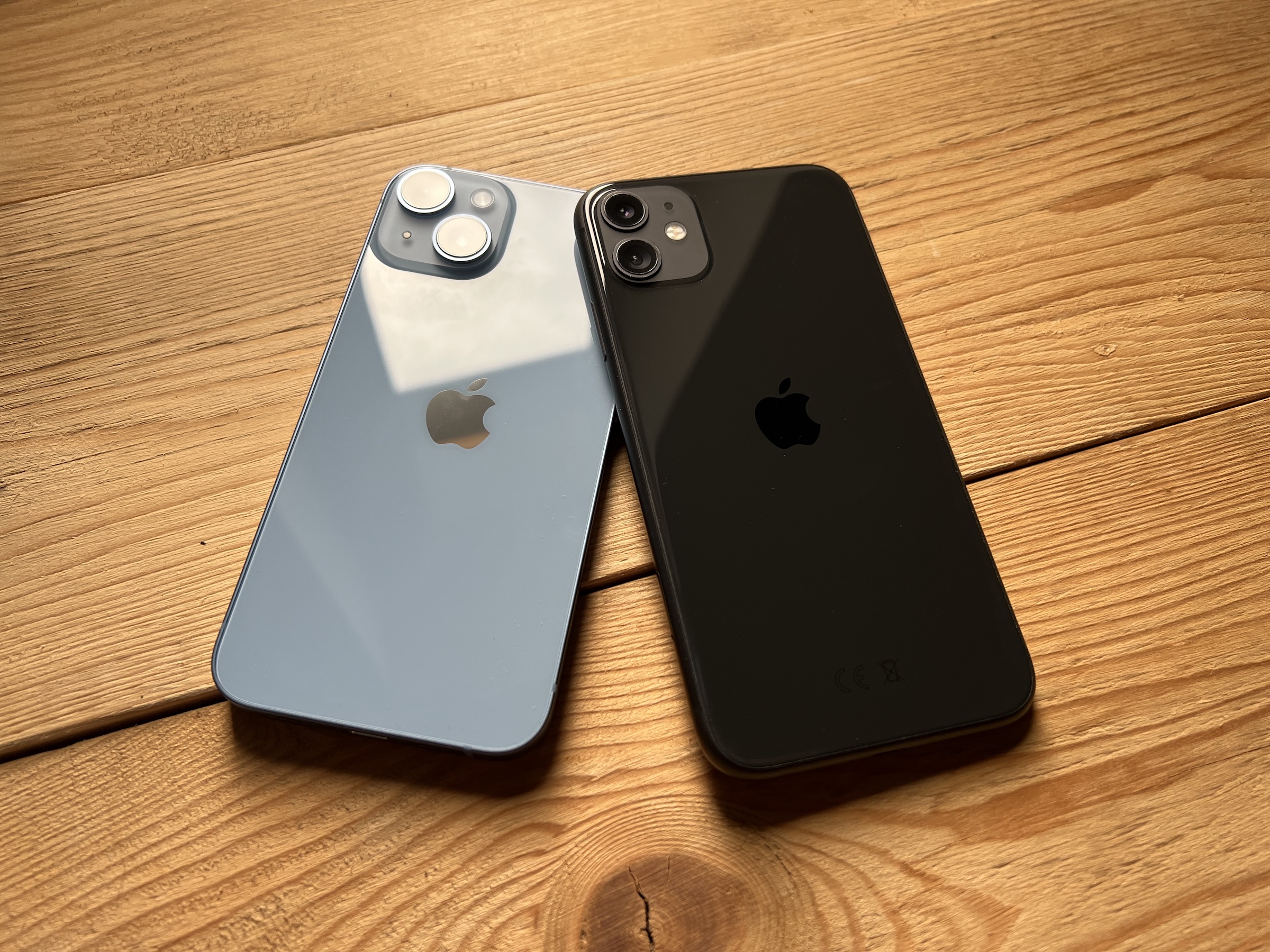

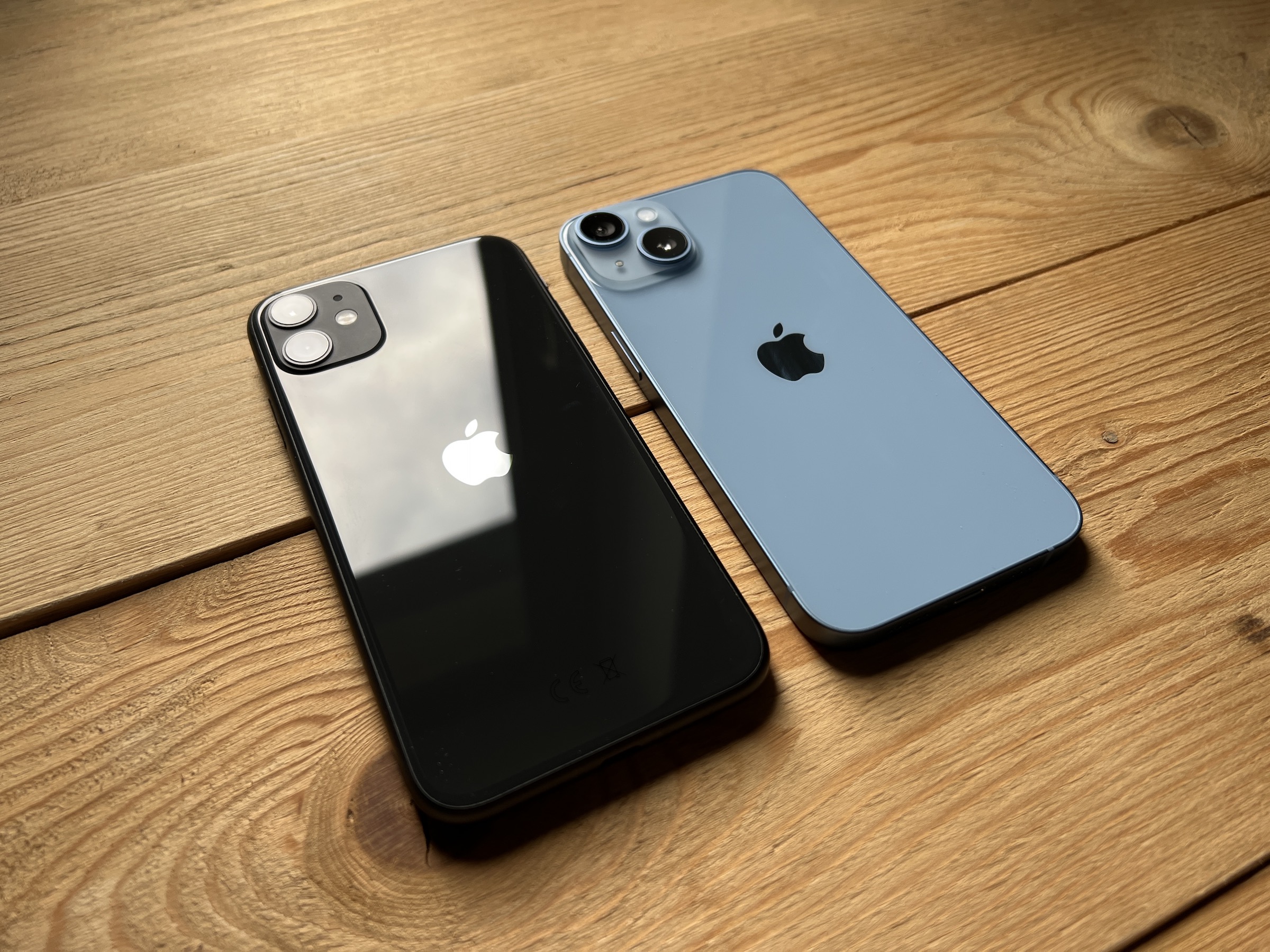
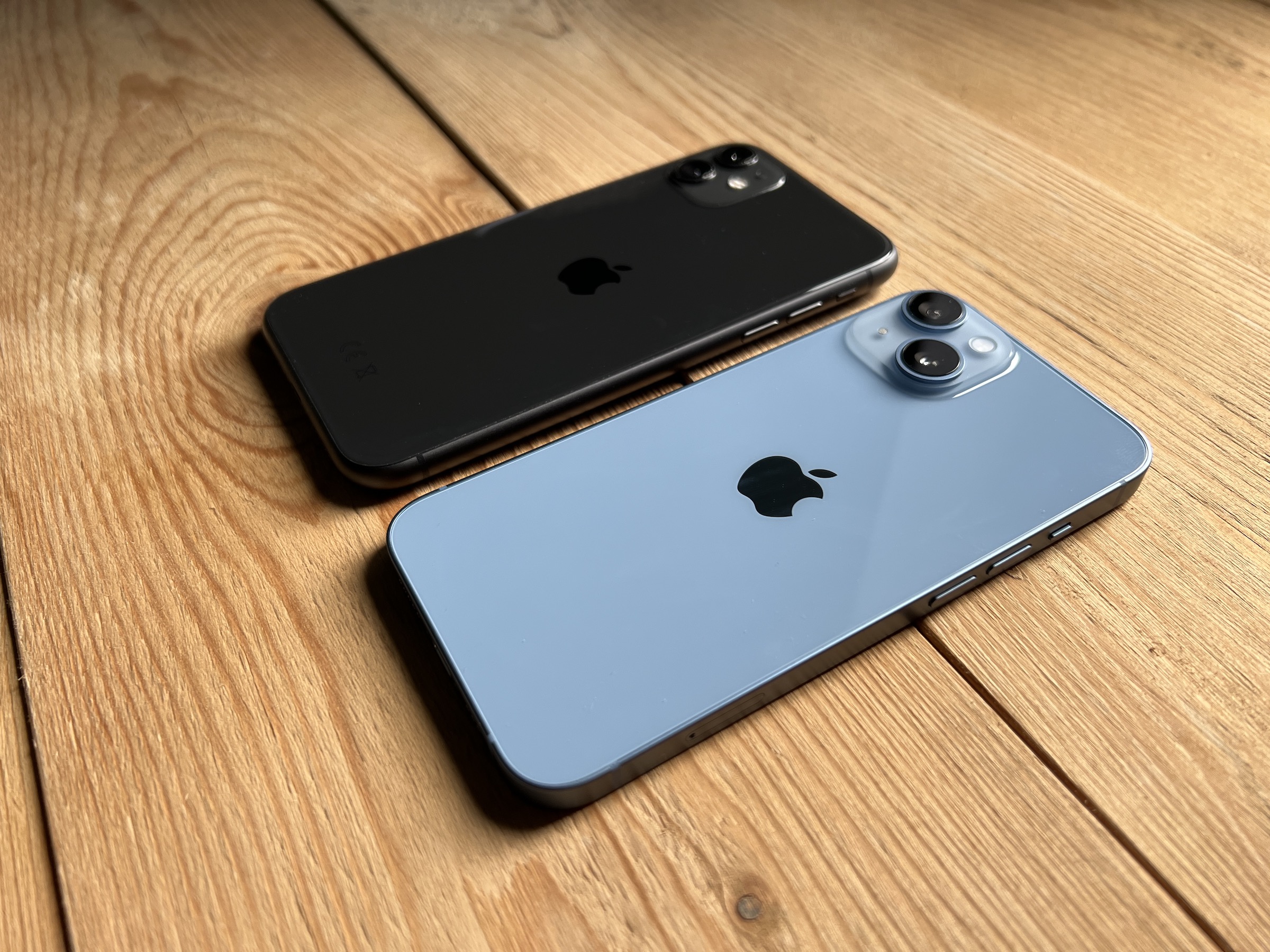

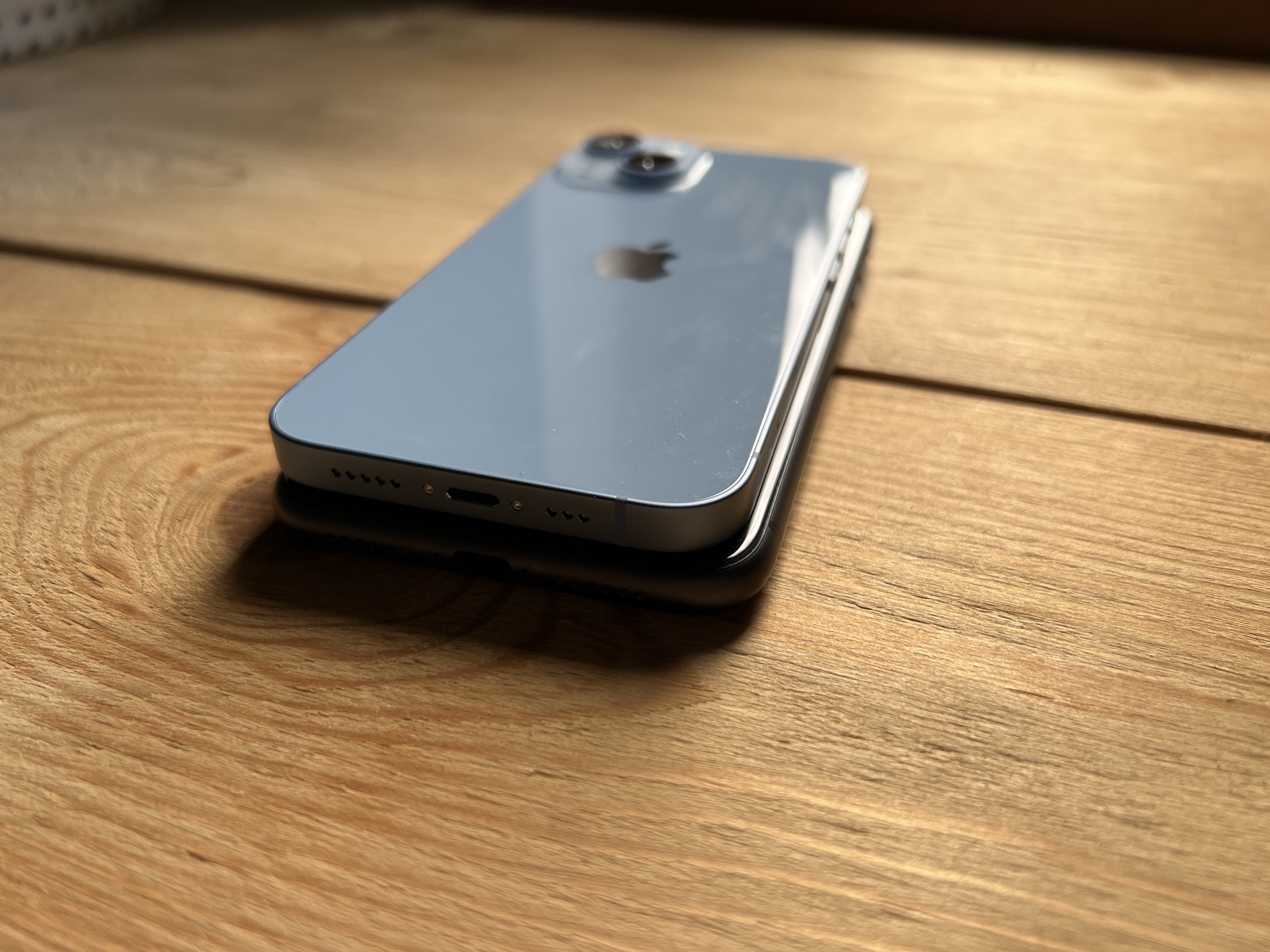
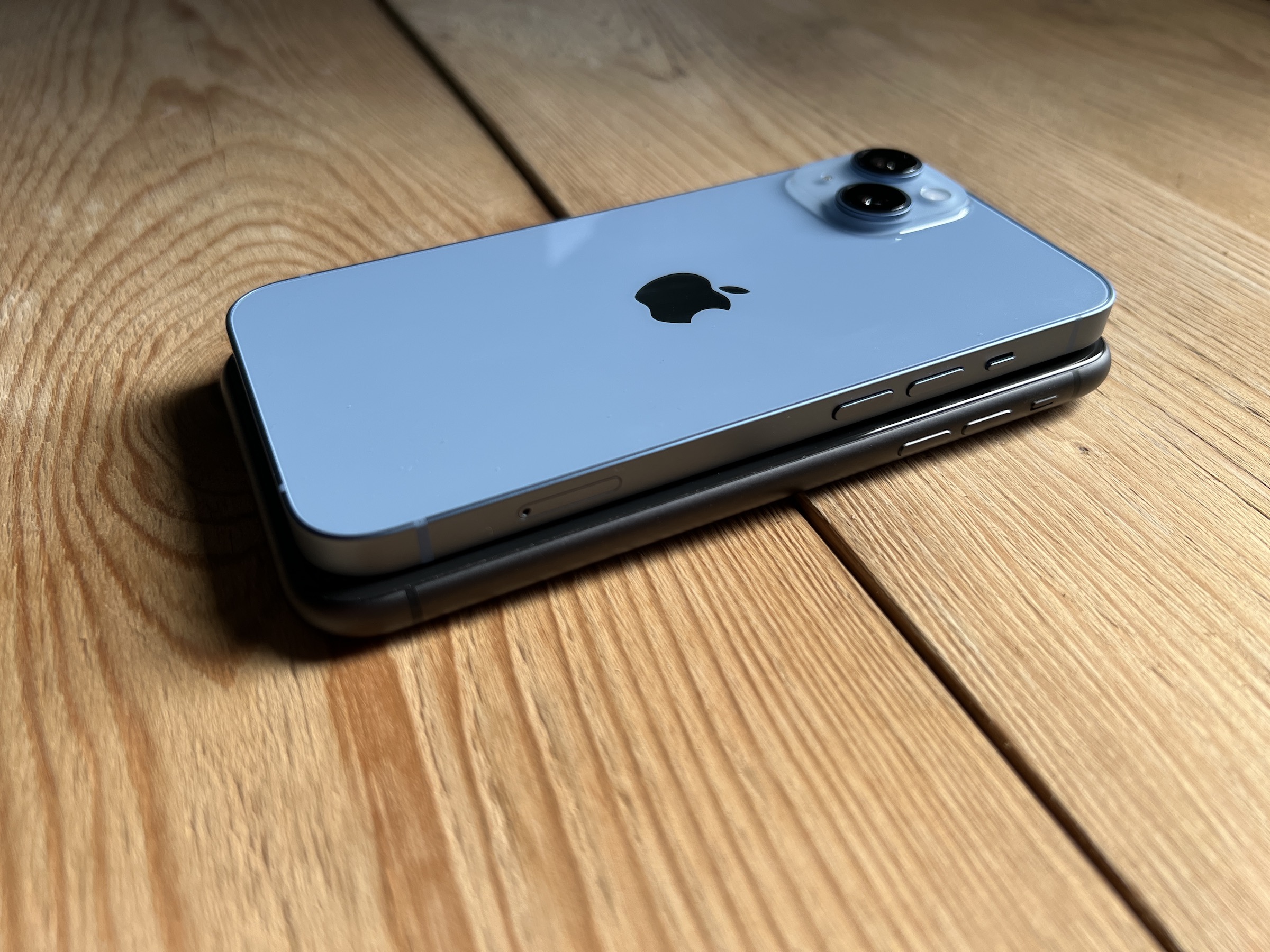
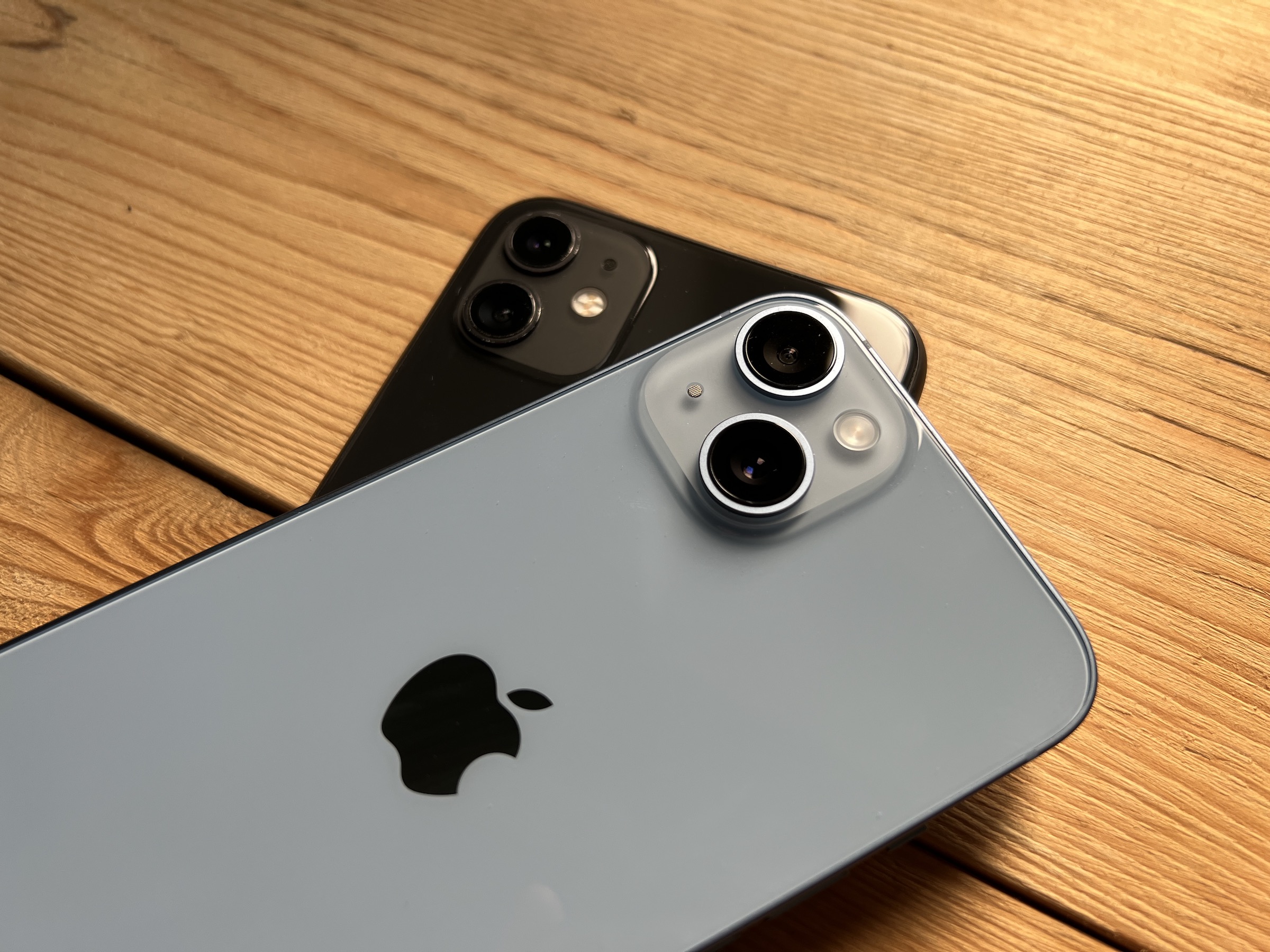
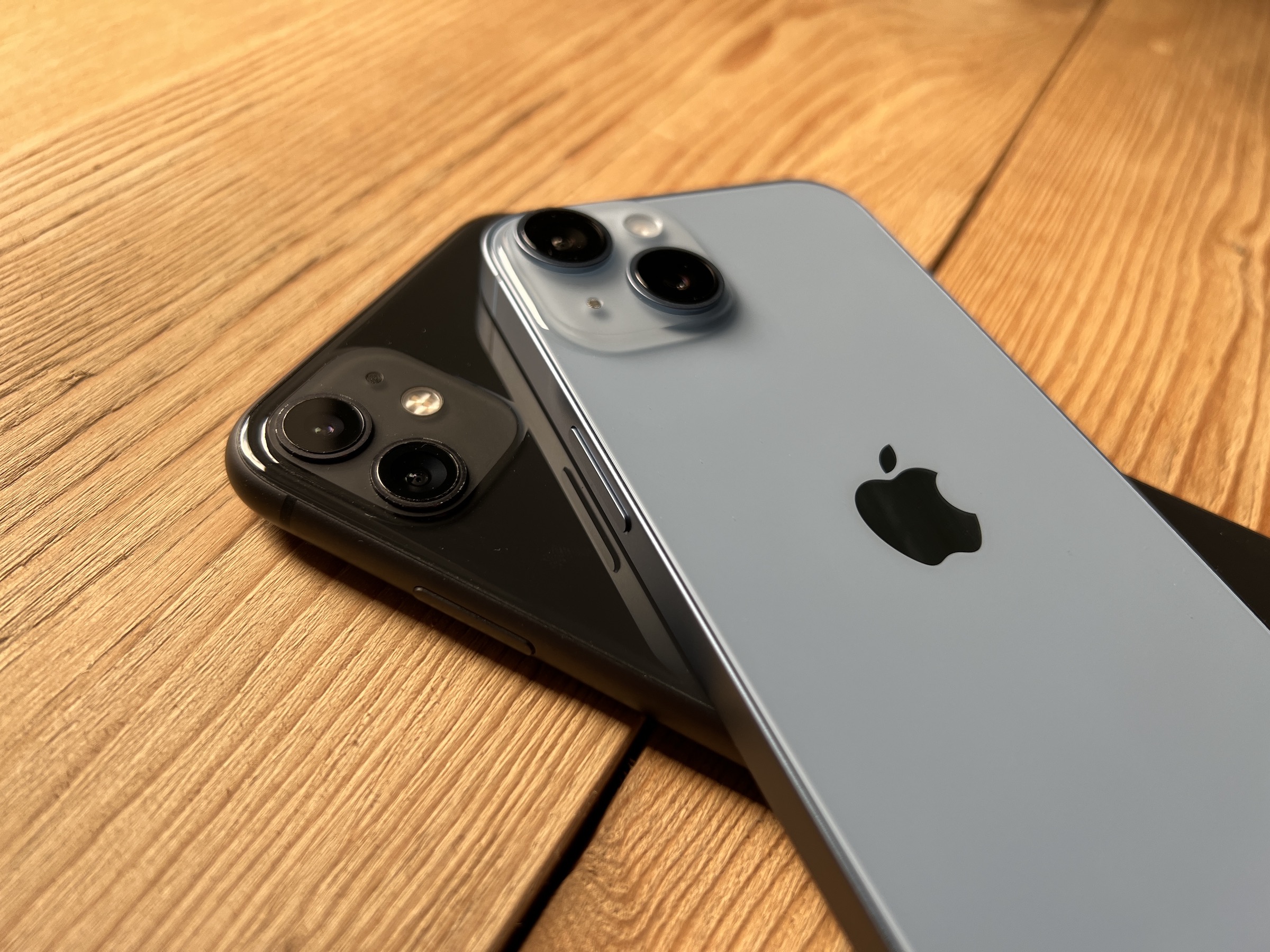
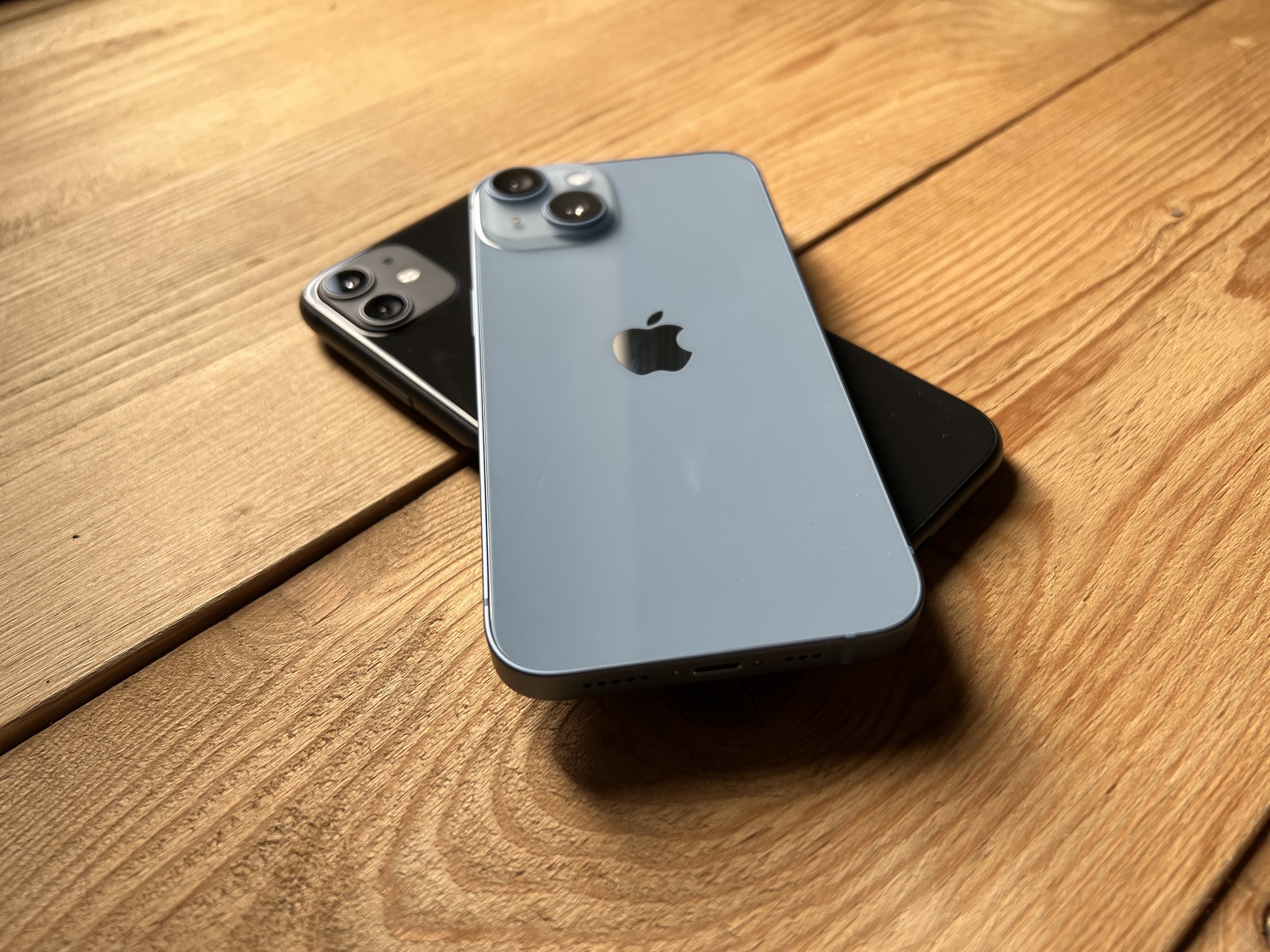
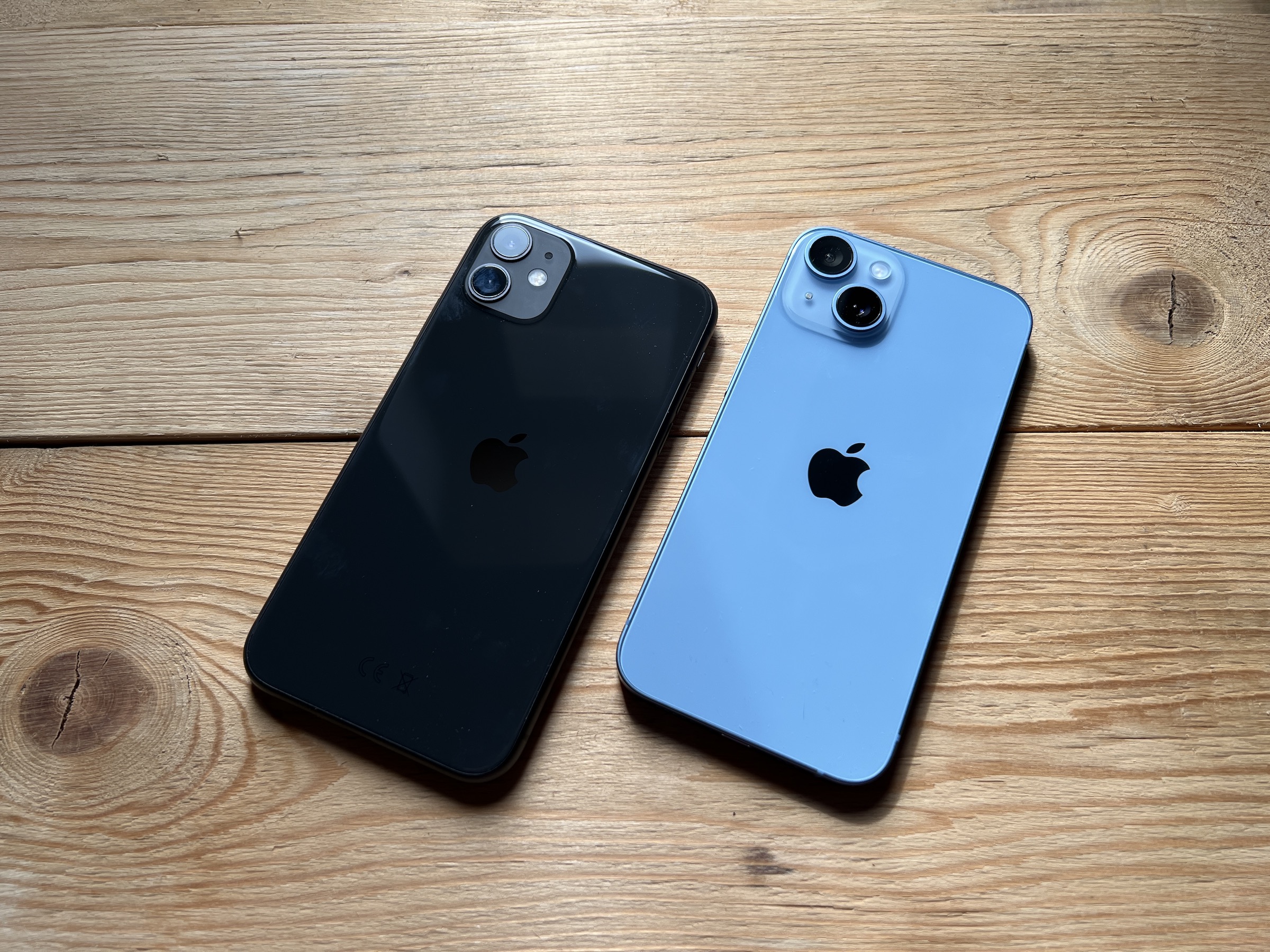
 Adam Kos
Adam Kos 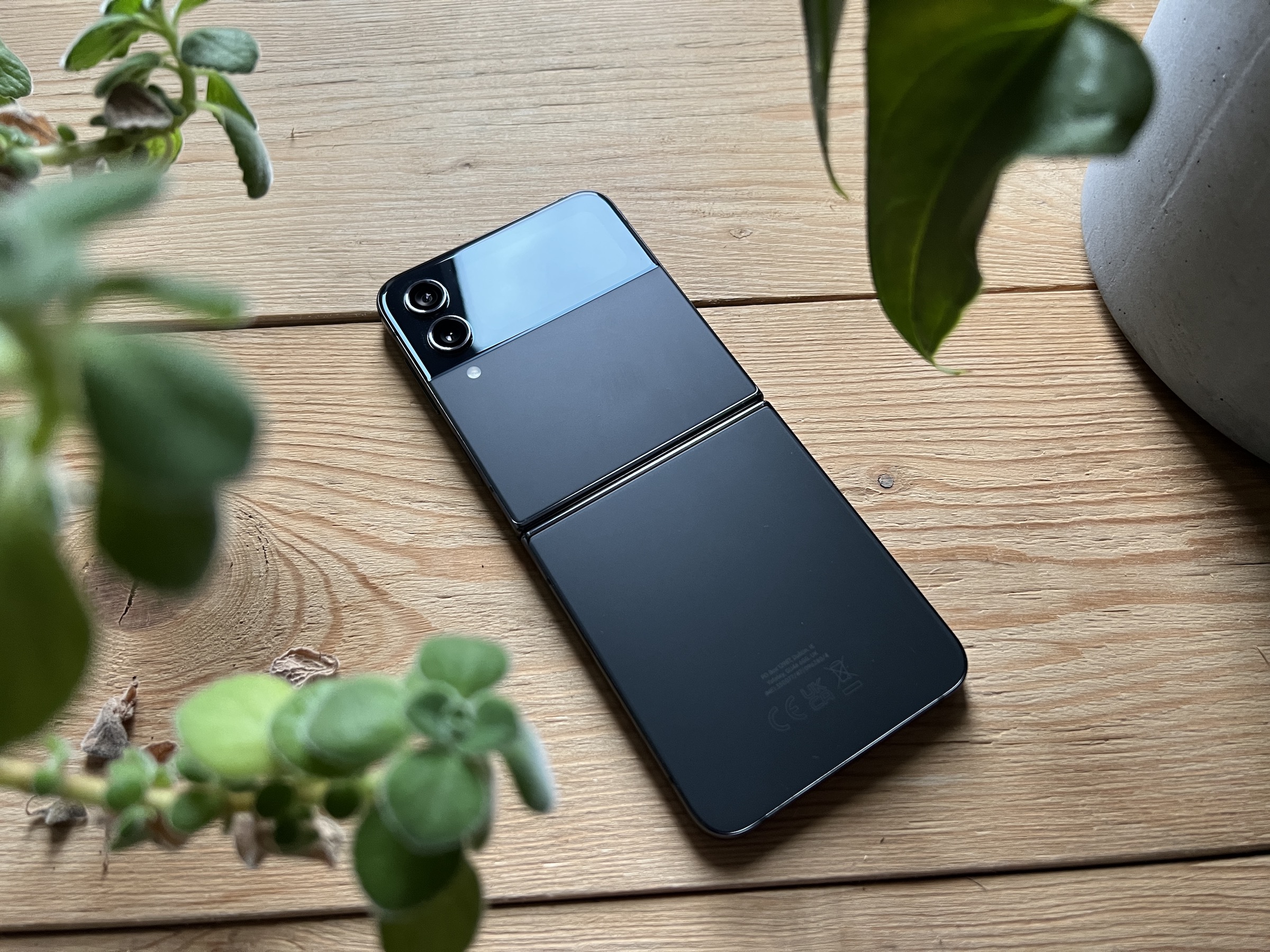
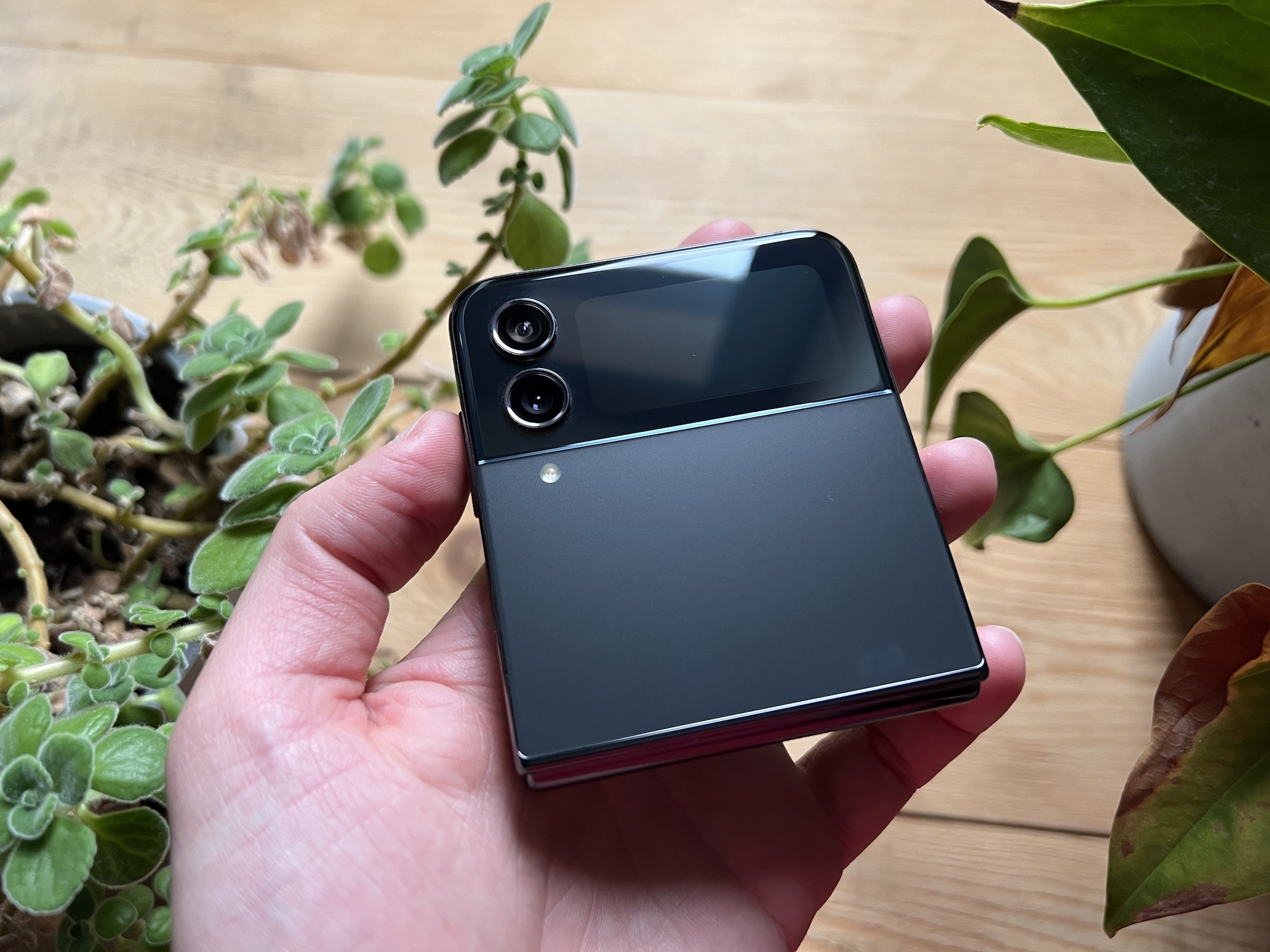

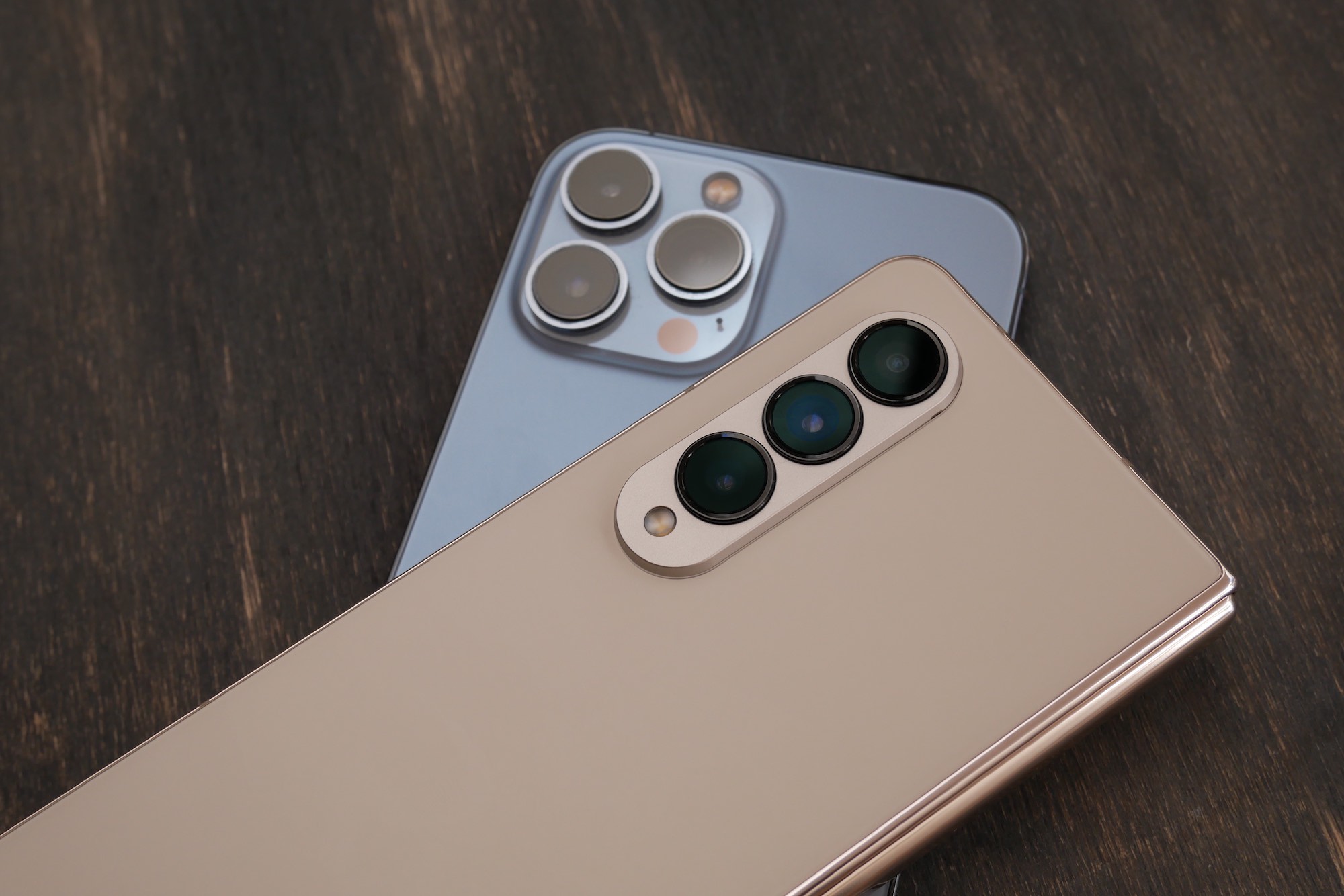
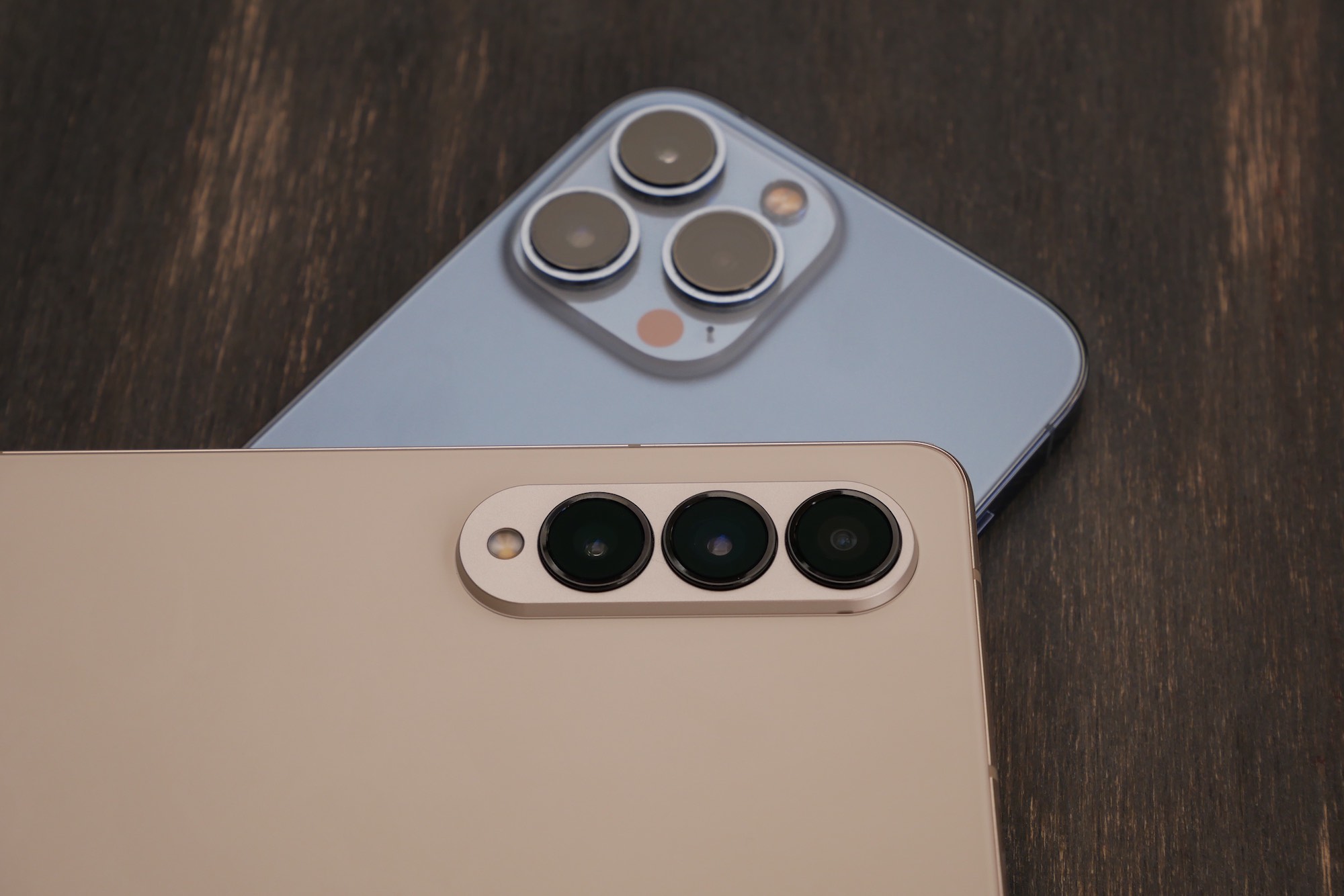

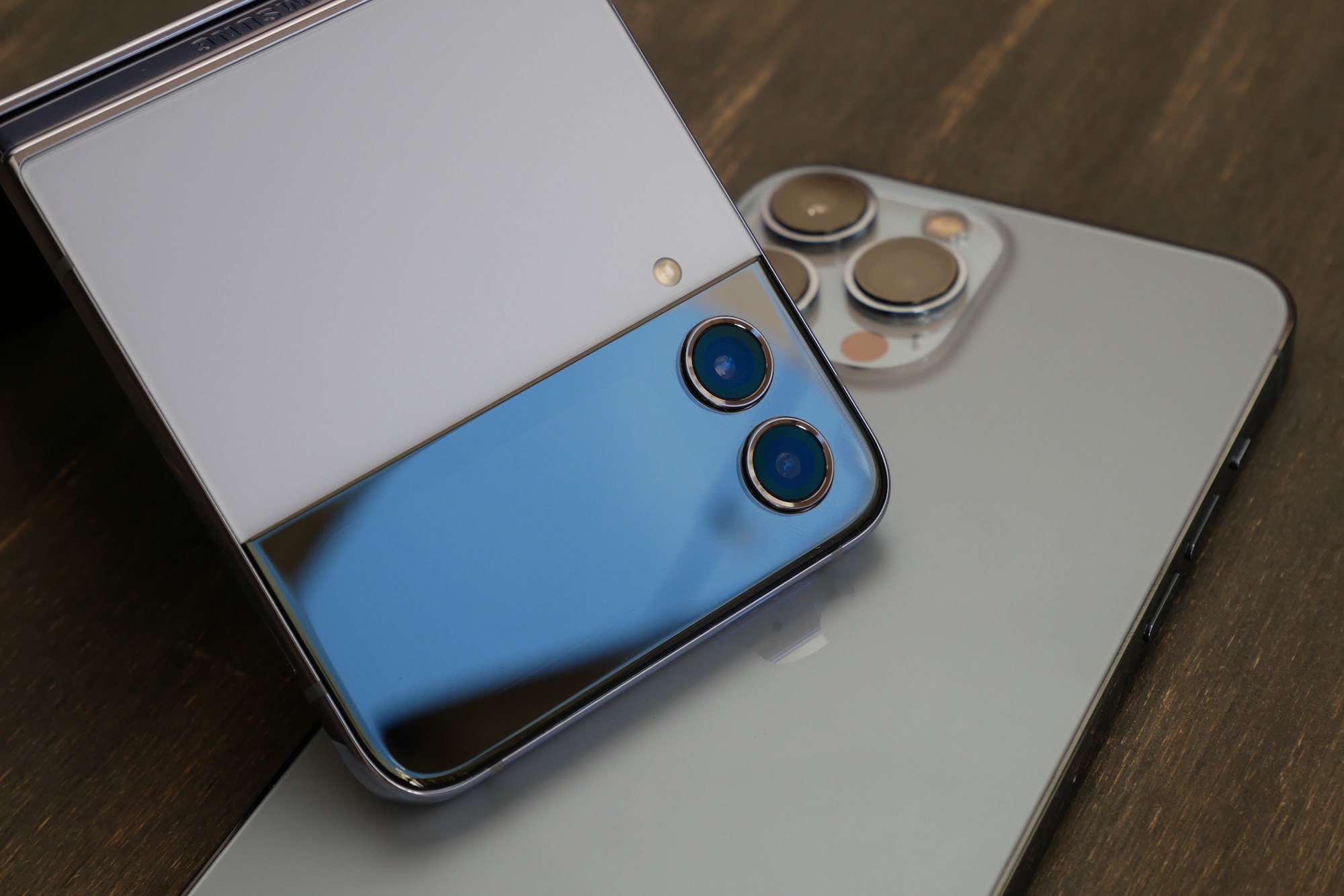



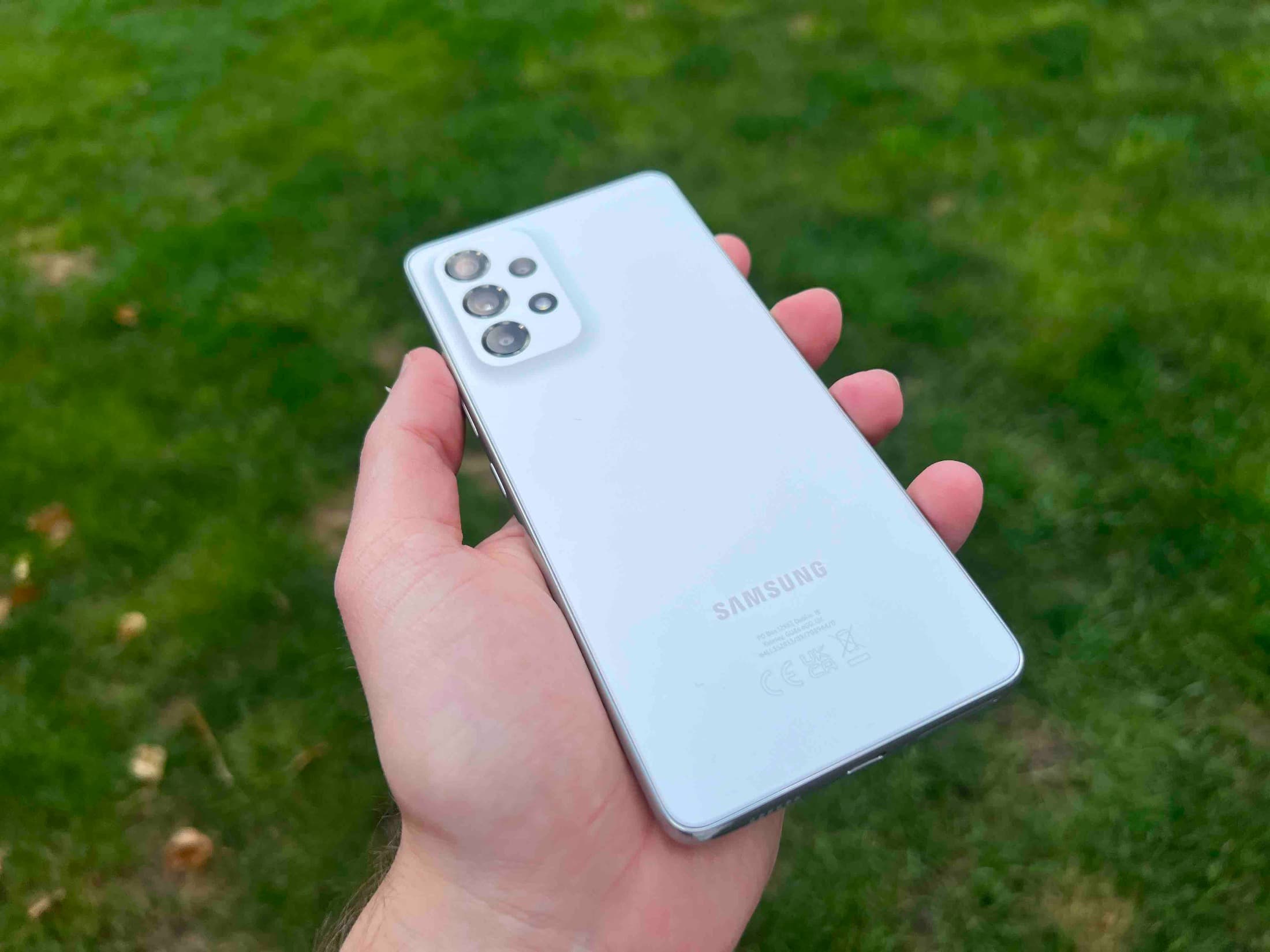
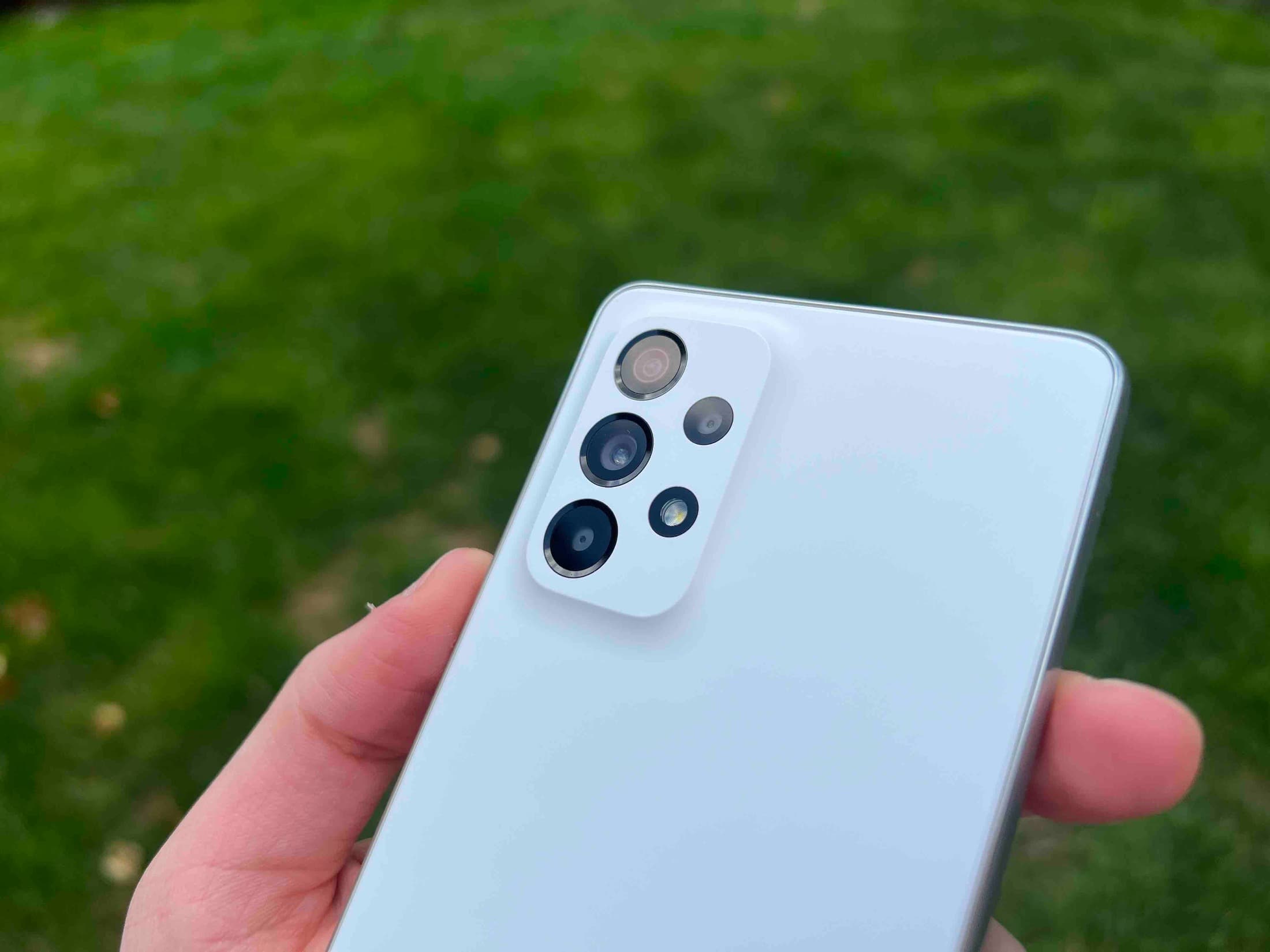
Aircraft steel? perhaps surgical steel and aircraft aluminum!